Flit Lift + GraviPro: Extending Corporate VR Training by Eliminating Headset Fatigue and Sharpening Focus
Long, realistic VR training is only valuable if learners can stay present. When headsets tug at the neck and heat builds under straps, attention fractures and performance data becomes noisy. Flit Lift, paired with GraviPro, reframes that physical problem: instead of wrestling with headset weight, enterprises can redistribute and stabilize it so fatigue no longer drives behavior. ⏱️ 10-min read
This article walks learning leaders, VR program managers, safety trainers, and IT decision-makers through the why and how: the ergonomic logic, engineering details, ideal use cases, measurable outcomes, rollout steps, developer requirements, adoption playbooks, and early adopter lessons. Read on for practical guidance to run longer, safer, and more reliable VR training blocks with weightless comfort at the center.
Flit Lift and GraviPro: Redefining Ergonomics for Corporate VR Training
Flit Lift and GraviPro were conceived to change what a trainee notices during a simulation. Instead of the headset becoming a persistent distractor, the system makes weight an assisting element — a steady counterbalance that keeps the device centered and the wearer aligned. At scale, that shift means fewer mid-session adjustments, less neck extension, and more consistent motor control during tasks that demand precision.
The core ergonomic idea is simple but powerful: move peak loads away from vulnerable contact points (the neck and trapezius) and route them through larger, more tolerant structures — the pelvis and torso. A padded waist belt and four-point harness distribute force across several surfaces, aligning the headset’s center of mass with the trainee’s center of gravity. For corporate settings where teams rotate through long modules, that translates into reduced neck strain, steadier hand-held controller handling, and fewer interruptions for comfort resets.
Beyond biomechanics, Flit Lift and GraviPro are modular and low-profile so they sit close to the body and don’t impede movement. The design accommodates a range of body sizes, enabling consistent fit across a diverse workforce. When paired with Vision Pro workflows or other enterprise headsets, the result is a training experience that feels more uniform across learners — which is critical when you rely on repeatability to measure progress.
How Flit Lift Achieves Weightless Comfort in Long Sessions
Weightless comfort is an engineered outcome, not a marketing claim. Flit Lift achieves it through a combination of counterbalance mechanics, distributed-contact harnessing, and attention to thermal comfort. The lifting mechanism uses gravity-assisted accessories that route most of the headset’s mass down into the padded waist belt and across the torso via a four-point harness. This alignment minimizes neck extension and shoulder torque, keeping the head naturally positioned without muscular strain.
The materials matter as much as the mechanics. Breathable mesh panels, moisture-wicking straps, and ventilated channels reduce heat buildup across the upper back and shoulders — a common source of distraction during extended sessions. For warmer environments or high-intensity scenarios, optional active cooling modules can be attached to keep skin temperature steady and hands responsive.
Flit Lift’s adjustments are deliberately tool-free and quick. A micro-adjustment dial lets instructors fine-tune tension while trainees stand, and indexed buckles ensure repeatable fit across users. Typical quick-adjust sequence:
- Seat or stand the trainee; level the headset and loosen harness.
- Position waist belt so it rests on the pelvis; cinch until snug but not constraining.
- Engage shoulder straps and use the micro-dial for minor tensioning.
- Balance test: trainee tilts head gently; adjust until headset remains centered.
Compatibility is broad: Flit Lift was designed for Vision Pro workflows but supports major enterprise headsets through simple interface plates and universal mounts. That makes it practical for environments with mixed hardware while preserving the device-specific balance characteristics that matter for comfort and data fidelity.
Use-Case Design: Where Endurance and Focus Matter in Corporate Training
Not every VR session requires Flit Lift, but there are clear scenarios where weightless comfort materially improves outcomes. Think of learning experiences that are long, repetitive, or require sustained cognitive control — safety drills, high-fidelity machinery simulations, procedural rehearsals, and collaborative planning exercises. In these contexts, the physical baseline of comfort directly influences the mental bandwidth available for learning.
High-fidelity procedural simulations: Complex operations (e.g., heavy machinery startup, multi-step maintenance) often run 60–90 minutes. Fatigue mid-way through a sequence causes downstream errors and inconsistent completion times. With Flit Lift, trainees maintain posture and precision for longer, which yields cleaner practice and more actionable coaching data.
Decision chains and cognitive endurance: Training that requires sustained decision-making — such as emergency response prioritization — benefits from a stable physical baseline. Reducing micro-discomforts means fewer subconscious interruptions and a clearer signal when assessing cognitive load or situational awareness.
Collaboration and role-play: When multiple participants share the same VR environment, comfort differences can skew team dynamics. Flit Lift evens the playing field, reducing mid-session swaps and improving continuity during group scenarios. Recommended session design: plan modules in 20–30 minute active blocks with short 3–5 minute microbreaks. For endurance-focused tracks, use two 45–60 minute blocks with a 10–15 minute break to reset physiology and review performance data.
Measuring Endurance and Focus Improvements
To claim an improvement, you must measure it. Flit Lift and GraviPro make performance less noisy, which enables clearer metrics. Concentrate on a mix of physiological, behavioral, and subjective measures to capture both endurance and focus.
Physiological indicators:
- Heart rate variability (HRV): Collect baseline HRV and monitor weekly. Higher HRV during prolonged sessions signals better autonomic recovery. Targets: 10–20% HRV improvement over four weeks is a meaningful goal for programs prioritizing endurance.
- Recovery time: Measure how quickly heart rate returns to baseline after exertion. A 30–60 second faster recovery indicates improved stamina under load.
Performance metrics:
- Task completion time and consistency: Track module durations across repeats and trainees. Reduced variance is as important as faster times.
- Error rate and sequence fidelity: Count missteps, missed checklist items, and out-of-order actions. Fewer errors with stable times implies endurance rather than rushed performance.
Cognitive load and subjective feedback:
- NASA-TLX (simplified): Use a condensed 6-factor post-module prompt to capture perceived mental demand, effort, and frustration. Plot trends over weeks.
- RPE (Rate of Perceived Exertion): Short scales after sessions reveal perceived physical strain; early adopters reported 2–3 point reductions after two weeks using Flit Lift.
Data sources and cadence: sync wearable sensors with the VR platform and export weekly dashboards. Combine objective telemetry (session length, headset-on time, task logs) with subjective surveys after each module. Use a mid-pilot review at week 4 and a final evaluation at week 8 to decide on broader rollout or adjustments.
Implementation Blueprint: Deploying Flit Lift in Your Program
A pragmatic pilot reduces disruption and generates defensible ROI. Start by defining measurable outcomes — endurance, focus, error reduction — and a 6–8 week timeline with concrete milestones: kickoff and procurement, baseline collection, iterative tuning, mid-pilot review, optimization, and final assessment.
Procurement and sizing: order a pilot set sized for your expected trainee pool. Account for diversity in body shapes by including multiple waist belt sizes and extra interface plates for different headsets. Reserve space in training rooms for natural movement and install mats or clear floor markers. Confirm electrical loads and ensure cable management and ventilation are adequate.
Pilot design checklist:
- Define success criteria: improvement thresholds for HRV, task error rate, and supervisor-rated performance.
- Baseline run: two weeks of current protocol data (no Flit Lift) to establish a control.
- Intervention: equip half the cohort with Flit Lift and collect comparable metrics.
- Mid-pilot review: test fit, ventilation, and micro-adjust procedures; log common comfort issues.
- Optimization: adjust harness indexing, cooling options, and session pacing based on feedback.
Safety and compliance: secure sign-off from facilities and safety teams before first use. Run a pre-session checklist covering clearances, emergency stops, and first-aid readiness. Create a documented maintenance plan for harness sanitation and component checks, and schedule firmware update windows if you deploy GraviPro-enabled modules. Finally, align HR and legal on data collection scope and retention before sensors go live.
Developer and IT Considerations: Integrating GraviPro with VR Platforms
Successful enterprise deployments bridge hardware ergonomics with the VR software stack. GraviPro should present a unified integration surface so apps do not require multiple code paths for device-specific behavior. An OpenXR-ready runtime and a single plugin that abstracts headset-specific quirks simplify development while preserving accurate telemetry and safety constraints across Quest, SteamVR, PC-tethered rigs, and Vision Pro workflows.
Key developer requirements:
- OpenXR and platform adapters: ship a plugin that exposes the same calls on all targets and maps input and motion cues consistently.
- Feature flags and build targets: maintain clear toggles for counterbalance telemetry, haptic feedback, and cooling control so QA can validate permutations.
- Telemetry and diagnostics APIs: provide REST or GraphQL endpoints with OAuth2 scopes, rate limiting, and audit logs. Telemetry should include device health, battery state, harness tension, session duration, and basic physiological streams where consented.
Device management and updates: implement signed firmware packages, delta updates, and rollback capabilities. Include a remote diagnostics console that surfaces logs and allows safe parameter changes without interrupting live training. For IT security, enforce least privilege access, encrypt data at rest and in transit, and log administrative actions for compliance audits.
Data privacy and governance: adopt data minimization. Only capture physiological metrics with explicit, documented consent. Define retention windows and role-based access, and provide exportable anonymized reports for L&D leaders. Finally, include a clear incident response plan covering firmware failures, telemetry anomalies, and user discomfort reports so IT and safety teams can respond quickly.
End-User Training and Adoption Playbook
Even the best hardware fails to deliver if users don’t adopt it correctly. The end-user playbook combines a short, structured onboarding with ongoing support and microbreak scheduling to lock in comfort gains and prevent misuse.
Onboarding sequence (5–7 minutes per user):
- Fit check: adjust waist belt to pelvis, set shoulder strap length, and use the micro-dial for fine tensioning.
- Balance verification: with headset on, trainee reaches and tilts head while instructor observes balance stability.
- Thermal and comfort check: confirm mesh contact points and optional cooling module positioning.
- Quick tasks: run a short calibration scenario to validate controller handling and headset centering.
Support materials: provide a 2–3 minute quick-start video, a laminated setup checklist for room stations, and a concise troubleshooting flow: reproduce, apply documented fix, confirm, and log. Encourage buddy systems where an experienced user helps new trainees for the first three sessions. Maintain a knowledge base capturing common fit issues (sizing adjustments, strap slippage, vents blocked) and corrective steps.
Microbreak policy: schedule regular short breaks to reset attention and physiology. For most modules, 3–5 minute microbreaks every 20–30 minutes help preserve cognitive performance. Train supervisors to watch for signs of discomfort — head rubbing, repeated strap adjustments, or performance degradation — and empower them to pause and troubleshoot.
Maintenance schedule: sanitize contact surfaces after each shift, inspect straps and buckles weekly, and run firmware checks on a bi-weekly cadence. Keep spare waist belts and interface plates in storage to avoid downtime during repairs or cleaning cycles.
Early Adopter Insights: Real-World Feedback and Iteration
Frontline programs that piloted Flit Lift with GraviPro reported tangible shifts in perceived exertion and data quality. Workers described a “lighter” feel during extended blocks and rated exertion 2–3 points lower on RPE scales after a couple of weeks. Supervisors noticed fewer mid-session breaks and steadier pacing across repetitive drills — an immediate operational benefit when throughput and safety are both priorities.
Analytics mirror anecdote: logs showed more consistent completion times and fewer annotation gaps, which improved the reliability of coaching feedback and error tracing. These gains allowed managers to compare trainers with greater confidence and to fine-tune shift pacing based on cleaner signals rather than intermittent comfort-driven interruptions.
But adoption surfaced practical constraints that informed product iteration. Early feedback emphasized the need for broader sizing ranges to better fit different body geometries and enhanced ventilation around the upper back for hotter facilities. Quick-fit mechanisms were generally well-received, though some users requested even faster indexing for high-turnover environments. These insights shaped next-generation harness indexing, additional belt sizes, and optional high-flow venting modules.
Lessons for rollout teams: expect an initial tuning period where fit and cooling choices are dialed in. Use the mid-pilot review to capture those adjustments and re-calibrate success metrics accordingly. When teams treat the pilot as an iterative design window rather than a pass/fail test, they extract more value and avoid premature scaling decisions.
Next step: run a focused 6–8 week pilot with predefined metrics and a cross-functional steering group (L&D, safety, IT, and facilities). Use the data to decide whether to scale Flit Lift and GraviPro across your VR program and to inform procurement of sizing and accessory variants tailored to your workforce.


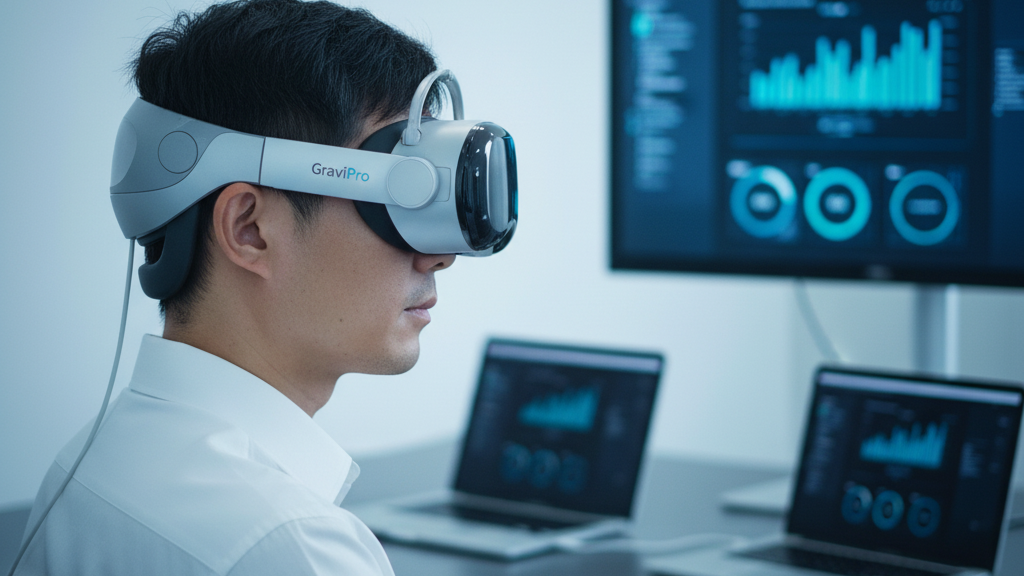
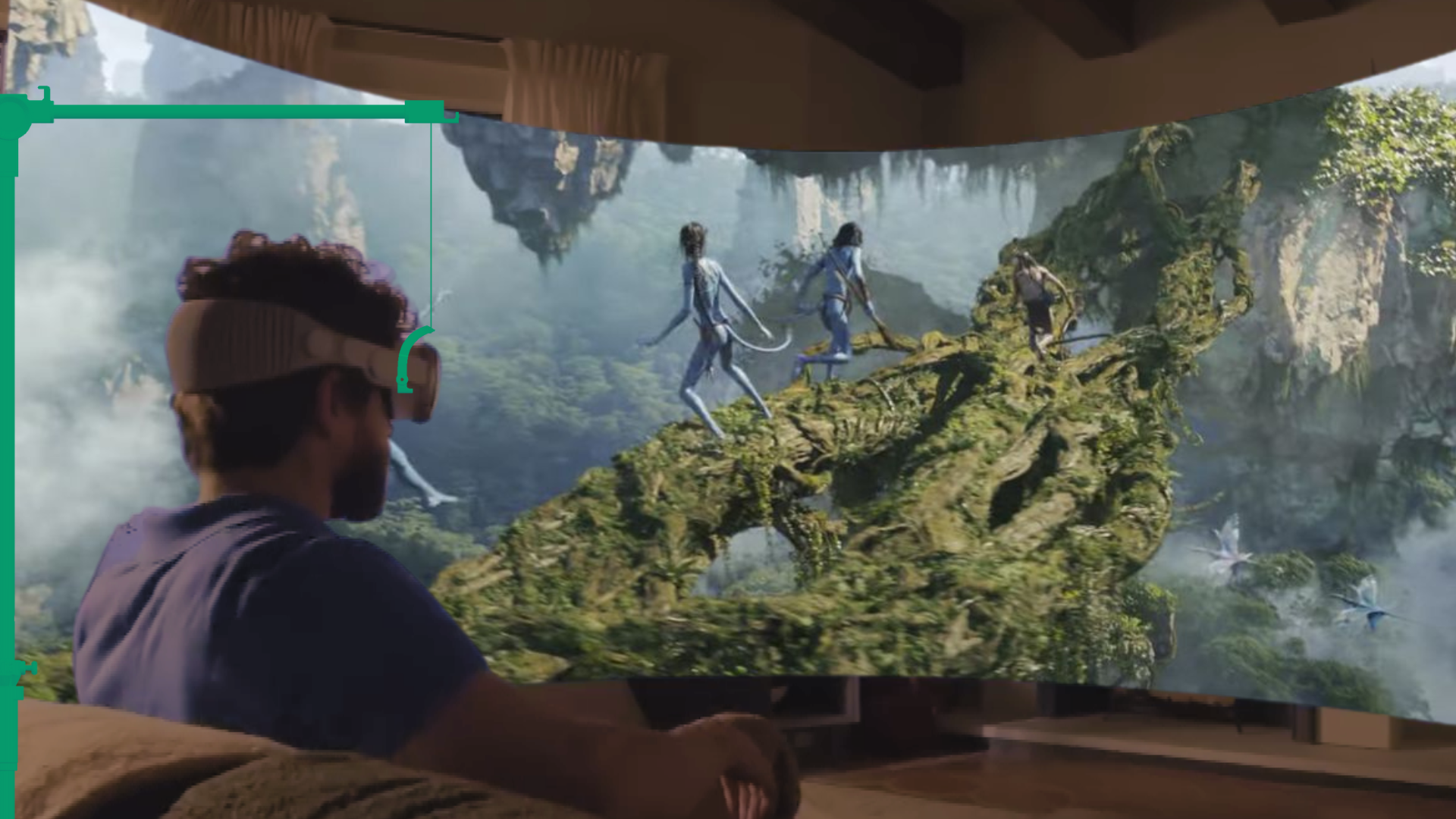
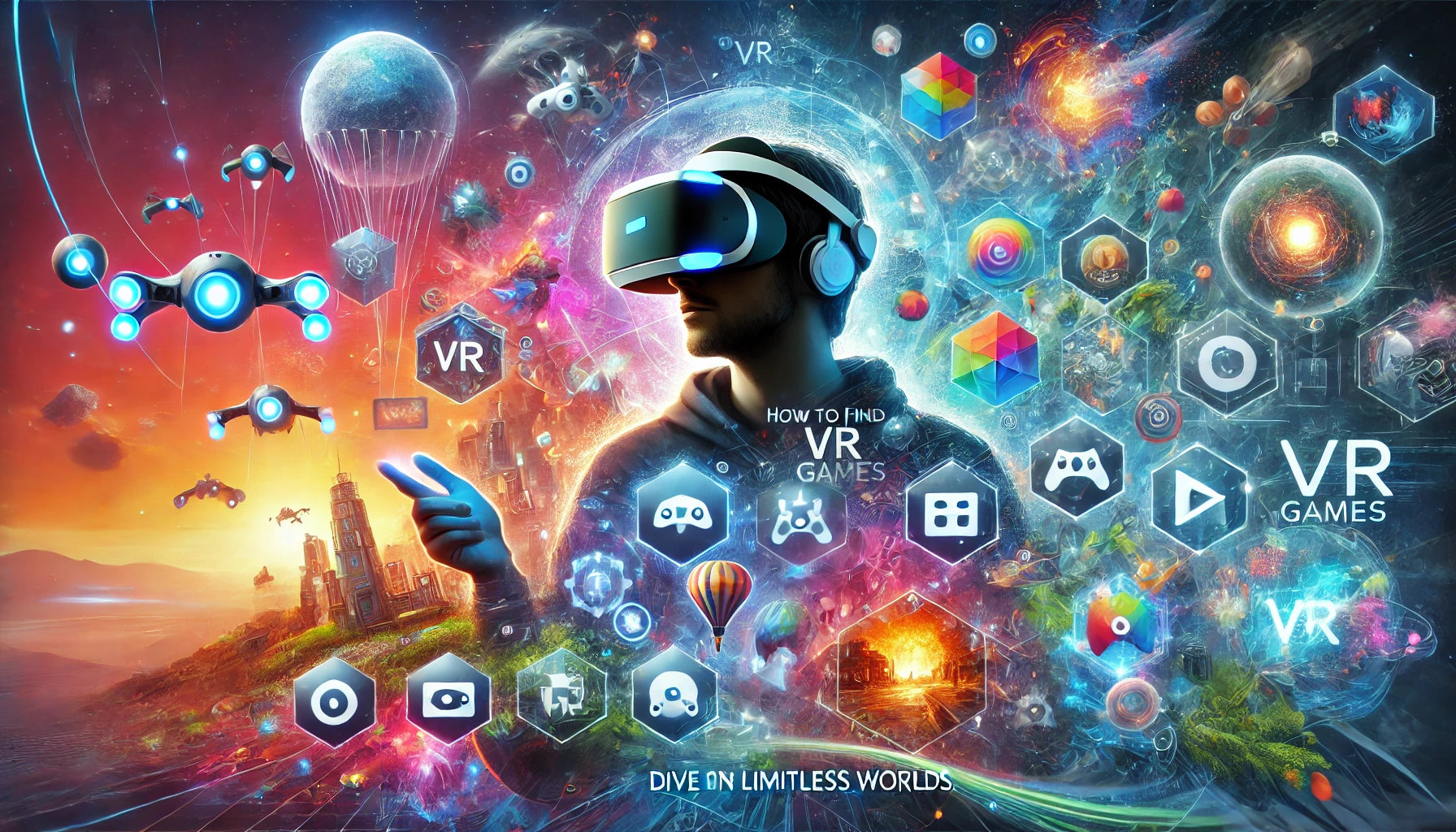
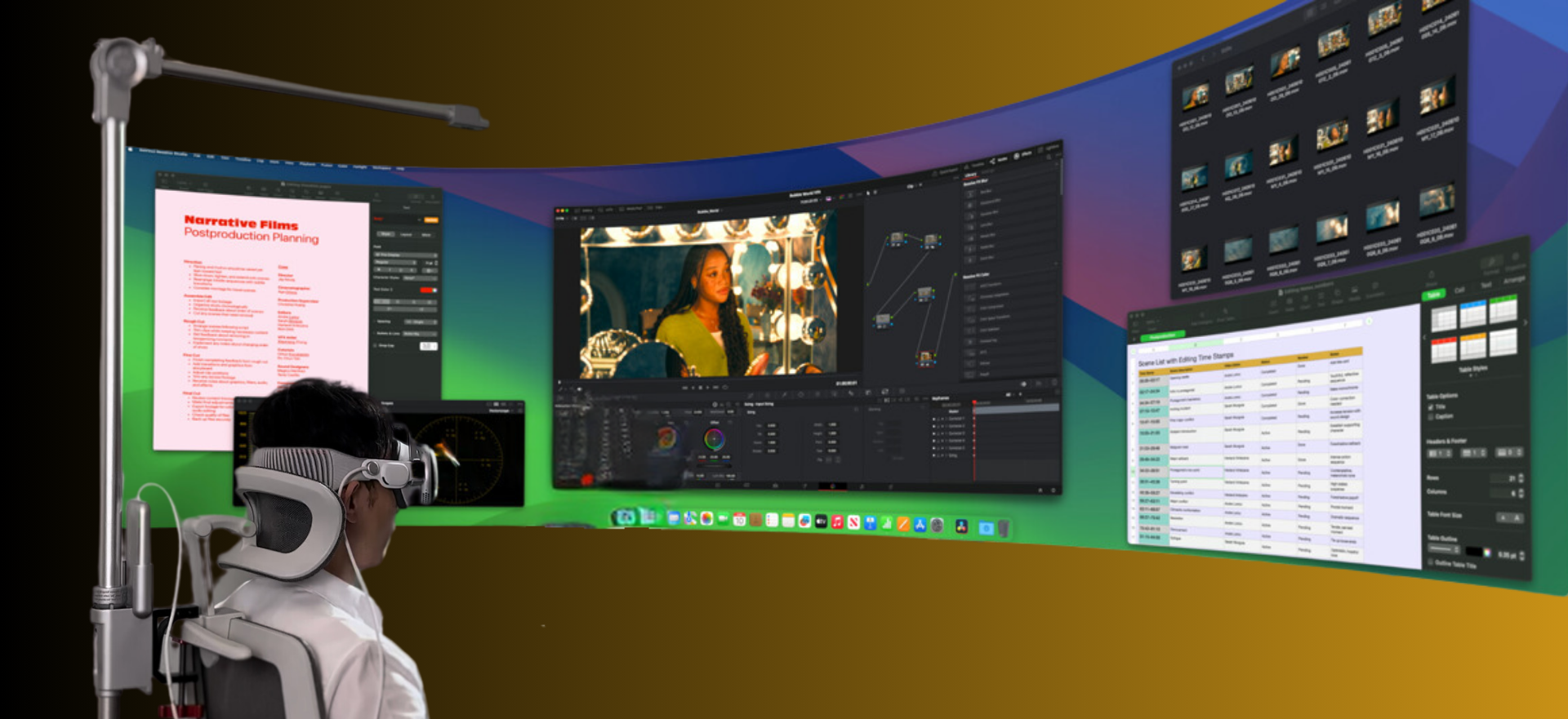
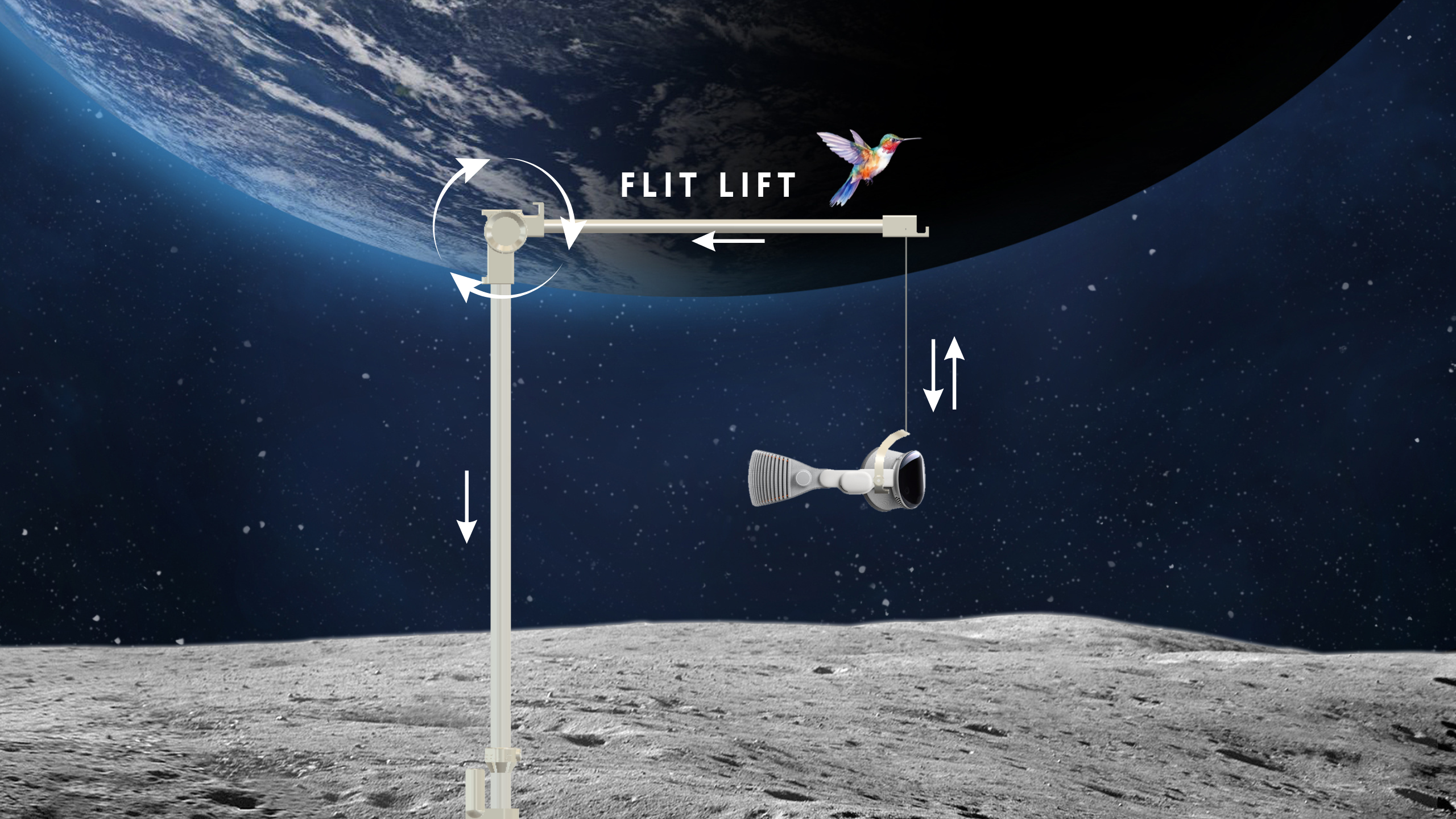

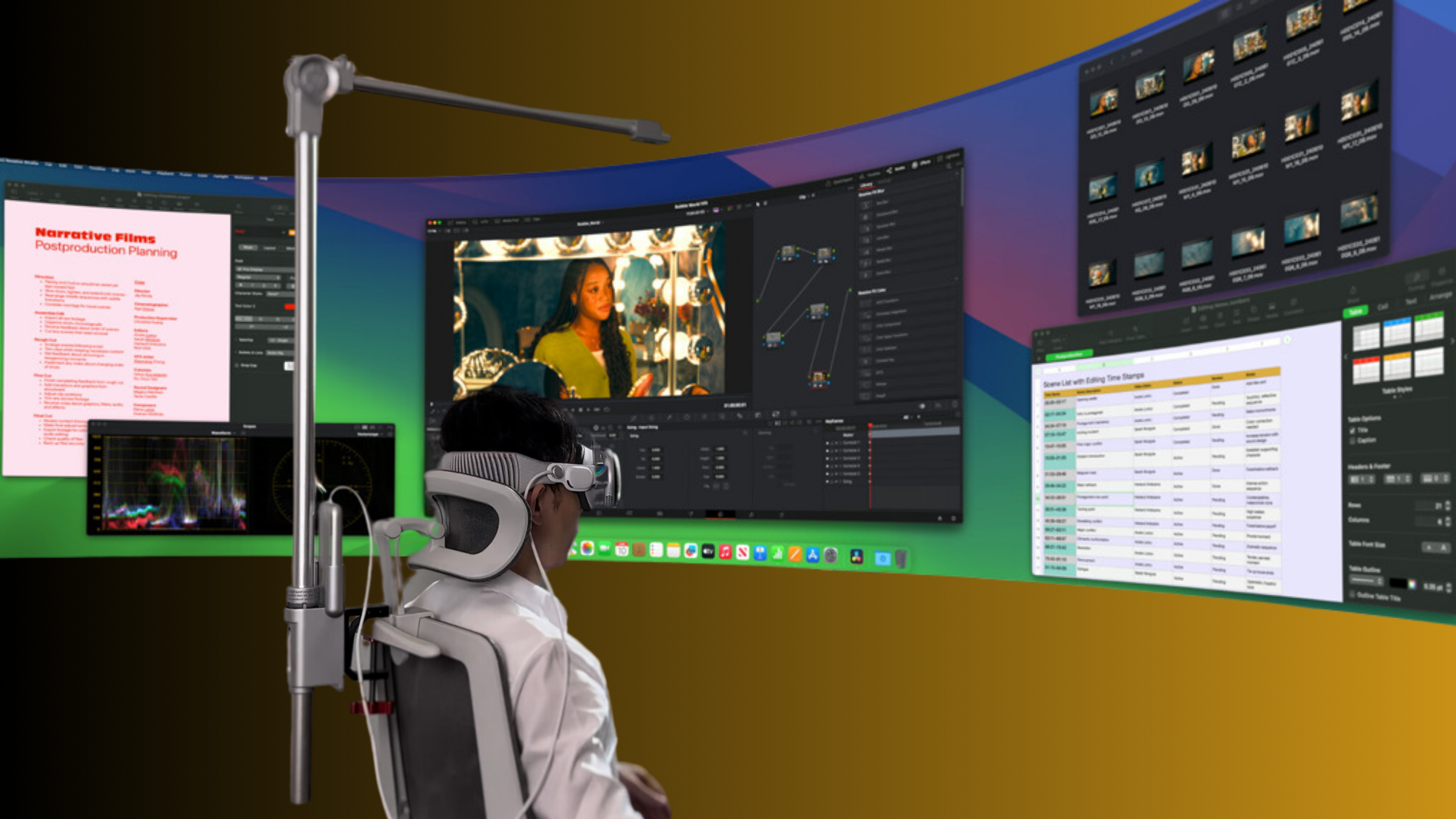

Share:
Holiday gift guide: VR headset accessories that boost usability for all skill levels
A side by side comparison: GraviPro balance boosts vs traditional counterweights